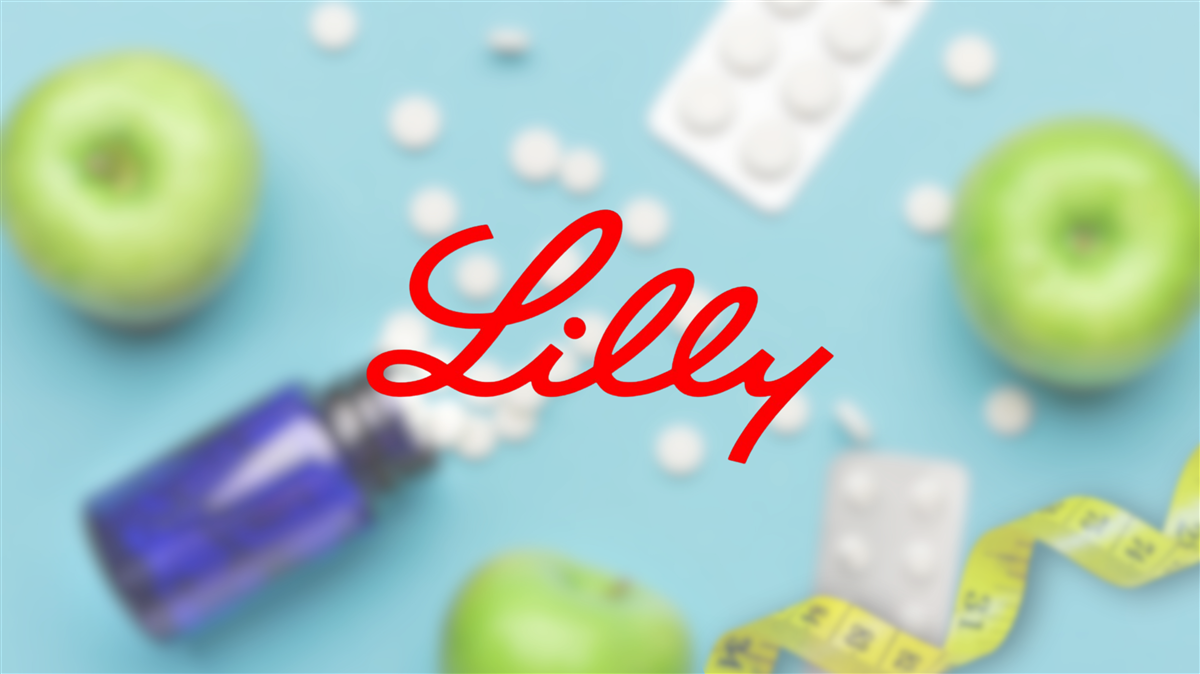LLY Stock Surges as Trump Tariff Deal Sparks Pharma Rally
Eli Lilly and Company Today
As of 03:59 PM Eastern
- 52-Week Range
- $623.78
▼
$937.00
- Dividend Yield
- 0.71%
- P/E Ratio
- 55.25
- Price Target
- $938.94
After tanking in early August, the world’s most valuable pharmaceutical stock has roared back with a vengeance. That firm is Eli Lilly and Company NYSE: LLY, the maker of the wildly popular weight loss and diabetes drugs Zepbound and Mounjaro. During the trading week ending Oct. 3, the stock surged by 16%, reaching its highest level since April.
This comes after Lilly shares plummeted by over 14% on Aug. 7, even though its Q2 release that day crushed expectations. However, the simultaneous release of disappointing clinical trial results for its oral GLP-1, orforglipron, led shares to plummet. MarketBeat pointed out at that time that this could be a fruitful buy-the-dip opportunity. Since that 14% fall, the stock is up more than 31% year-to-date. Notably, around half of this gain came recently, driven by an all-important development: Pfizer’s NYSE: PFE tariff deal. Below, we’ll break down exactly what drove the highly impressive run-up in Lilly shares and what’s next.
Trump, Pfizer, and Lilly: Why Tariff Resolutions Are Driving Shares Higher
On Sept. 25, President Trump announced that companies importing branded pharmaceuticals to the United States would face a 100% tariff. However, Trump would spare companies that invest in U.S. manufacturing facilities. Still, with limited details and most pharma firms already having manufacturing investments in the United States, it wasn’t clear who would actually be exempt. This uncertainty left shares of big pharma stocks relatively unchanged on Sept. 26.
Clarity then emerged on Sept. 30 and Oct. 1, after Pfizer announced that it had reached a deal with the Trump administration. By lowering its drug prices and committing to further U.S. investments, the company would gain a three-year exemption from tariffs.
Eli Lilly shares got huge boosts on those days, rising 5% on Sept. 30 and 8% on Oct. 1. This was due to the realization that Lilly could also avoid tariffs through a similar arrangement. Additionally, financial media outlets reported that Lilly was the next company in line to strike a deal with Trump.
Notably, Lilly has been intelligently preparing for the threat of lofty pharma tariffs in 2025, as Trump has alluded to this possibility multiple times. In February, the company announced that it would increase its investment in U.S. manufacturing by $27 billion. Chief Executive Officer David Ricks also recently said Lilly would become a net exporter of injectable GLP-1s from the United States. Overall, these factors position Lilly to strike a tariff-avoiding deal, leading to the robust rise in shares.
Lilly Can Protect Key Markets Despite Coming Concessions
Although Lilly looks poised to avoid highly burdensome tariffs, a potential deal with Trump will not come without costs. For example, as a term of Pfizer’s deal, the company says it will cut its U.S. drug prices by an average of 50%. Although this may get the tariff monkey off its back, it clearly translates into lower revenues. However, Pfizer only seems to be making new pricing concessions in direct-to-consumer (DTC) and Medicaid pharmaceutical spending.
Eli Lilly and Company MarketRank™ Stock Analysis
- Overall MarketRank™
- 100th Percentile
- Analyst Rating
- Moderate Buy
- Upside/Downside
- 11.1% Upside
- Short Interest Level
- Healthy
- Dividend Strength
- Strong
- Environmental Score
- -2.25
- News Sentiment
- 1.25
- Insider Trading
- Acquiring Shares
- Proj. Earnings Growth
- 32.54%
These channels are two of the smallest in the United States. In 2023, DTC accounted for only 13% of drug sales, while Medicaid accounted for 11%. Meanwhile, Medicare and private health insurance accounted for a combined 71% of spending. So, if Lilly strikes a deal similar to Pfizer’s, it is likely to protect pricing on the vast majority of its sales.
Additionally, data from Real Chemistry indicates that Medicaid spent only around $200 million combined on Zepbound and Mounjaro in 2024. That’s a drop in the bucket compared to the over $24 billion in sales these drugs combined for in the last 12 months. Thus, Medicaid concessions could have a nearly negligible impact on the sale of Lilly’s two blockbusters. Lilly also said in February that its DTC channel, Lilly Direct, accounted for a single-digit percentage of total Zepbound prescriptions. This further supports the point of Lilly protecting its key markets.
LLY’s Upswing Could Have Further Room to Run
Overall, it appears that a Pfizer-like deal would be a huge win for Eli Lilly. It would be more than worth mitigating the threat of onerous tariffs that have cast a dark cloud over the pharma industry for some time. The MarketBeat consensus price target for Lilly is approximately $933, indicating about 11% potential upside. With a potential Trump deal as a catalyst, and tariffs becoming a fading concern, there is a significant chance Lilly’s strong rally continues.
Before you consider Eli Lilly and Company, you’ll want to hear this.
MarketBeat keeps track of Wall Street’s top-rated and best performing research analysts and the stocks they recommend to their clients on a daily basis. MarketBeat has identified the five stocks that top analysts are quietly whispering to their clients to buy now before the broader market catches on… and Eli Lilly and Company wasn’t on the list.
While Eli Lilly and Company currently has a Moderate Buy rating among analysts, top-rated analysts believe these five stocks are better buys.
Looking to profit from the electric vehicle mega-trend? Enter your email address and we’ll send you our list of which EV stocks show the most long-term potential.


